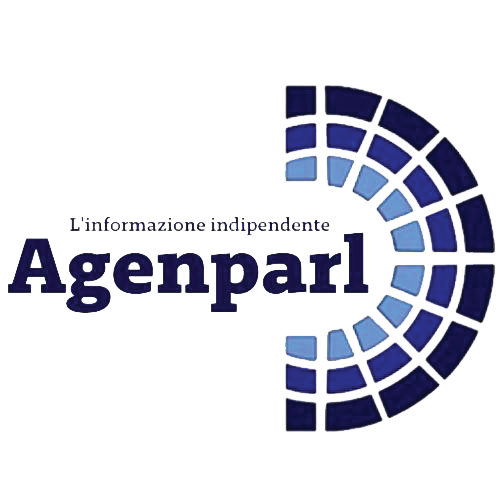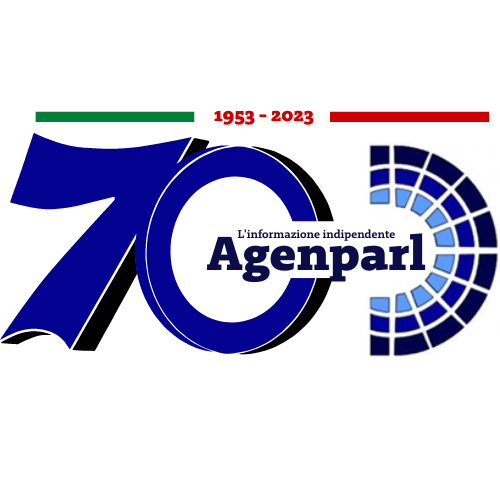 (AGENPARL) - Roma, 23 Giugno 2023
(AGENPARL) - Roma, 23 Giugno 2023(AGENPARL) – STANFORD (CA) ven 23 giugno 2023
Ada Statler, JD/MS ’22, was sure she wanted to pursue a career in public interest work. What was not clear was how the financials would play out for her.
Statler planned to take advantage of Stanford Law School’s Loan Repayment Assistance Program (LRAP), which provides loan relief for graduates pursuing public interest careers, but she was struggling to calculate her future financial picture without clear salary data on the positions in which she was interested. Public interest salaries are inherently more varied and more difficult to research than the uniform standard salaries offered by law firms. Tracking down salary information required checking a patchwork of sources, which sometimes yielded conflicting information.
So in her spare time during her last year of law school, with the help of a handful of SLS students she recruited to the project, Statler put together a meticulously researched guide that reports the salary ranges for specific organizations in 11 categories of legal nonprofits—from civil rights groups to youth-focused organizations. She also researched the pay for government positions, private public interest law firms, and post-graduate fellowships.
The result is the Public Interest Law Salary Transparency Guide, which Statler and her classmates created for their own job searches—and to offer future generations of students an additional tool for choosing a public interest path. The guide was developed in cooperation with SLS’s John and Terry Levin Center for Public Service and Public Interest Law.
“It took a lot of legwork and it was all manual—doing Google searches, talking to people, making calls, pulling salary information from job postings,” says Statler, now an associate attorney with Earthjustice where she works on federal clean energy matters. “In addition to the salary information, the guide can also help clarify for students just how many public interest law jobs there are out there by putting many of them in one place. It illustrates that many public interest pathways, with the help of SLS’s generous LRAP program, are financially accessible and pay above median wages.”
“This has been a valuable resource for both current students and alumni,” says Levin Center Executive Director Anna Wang. “One alum shared with me that she negotiated for a pay raise after seeing the salary data in this guide. She also shared an excerpt of it with her nonprofit’s executive director so the data could prompt a discussion of the pay scale for all attorneys.”
Of course salaries change almost every year, so the guide requires frequent updates. Luke Norquist, JD ’24, and Marit Vike, JD ’25, Levin Center public interest fellows, stepped up this year to update the guide.
“I think sometimes there is a misconception about how ‘badly’ public interest jobs pay,” says Norquist, who also plans to work for an environmental-focused nonprofit after graduation. “It might be the case that the entry salary is on the low side, but it helps to see the range of increases as experience levels go up.”
One of the priorities with this year’s update is to expand the guide’s section on public interest law firms. For now, the guide is available only to members of the SLS community, but the team hopes that it might one day be offered more broadly. SL
SLS alumni working in public interest are invited to participate in this year’s update by sending a confidential email to <a with information about their employer, geographic area, salary, and any additional relevant context. Members of the SLS community, including alumni, may request a link to the salary guide using the same email address.
Fonte/Source: https://law.stanford.edu/stanford-lawyer/articles/total-transparency/
